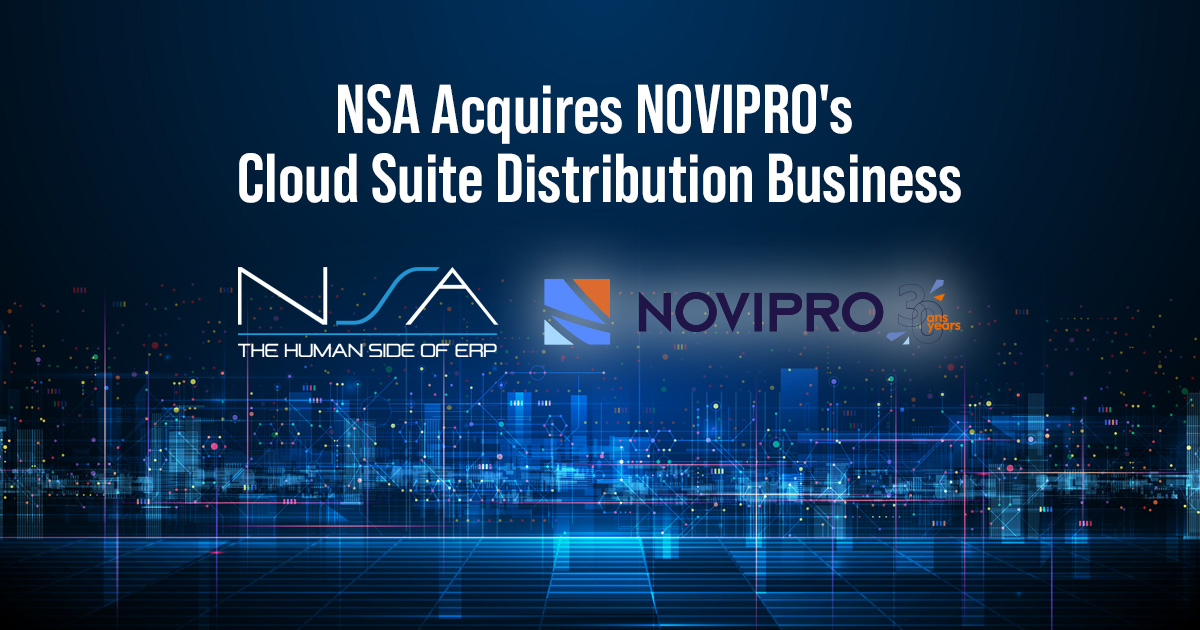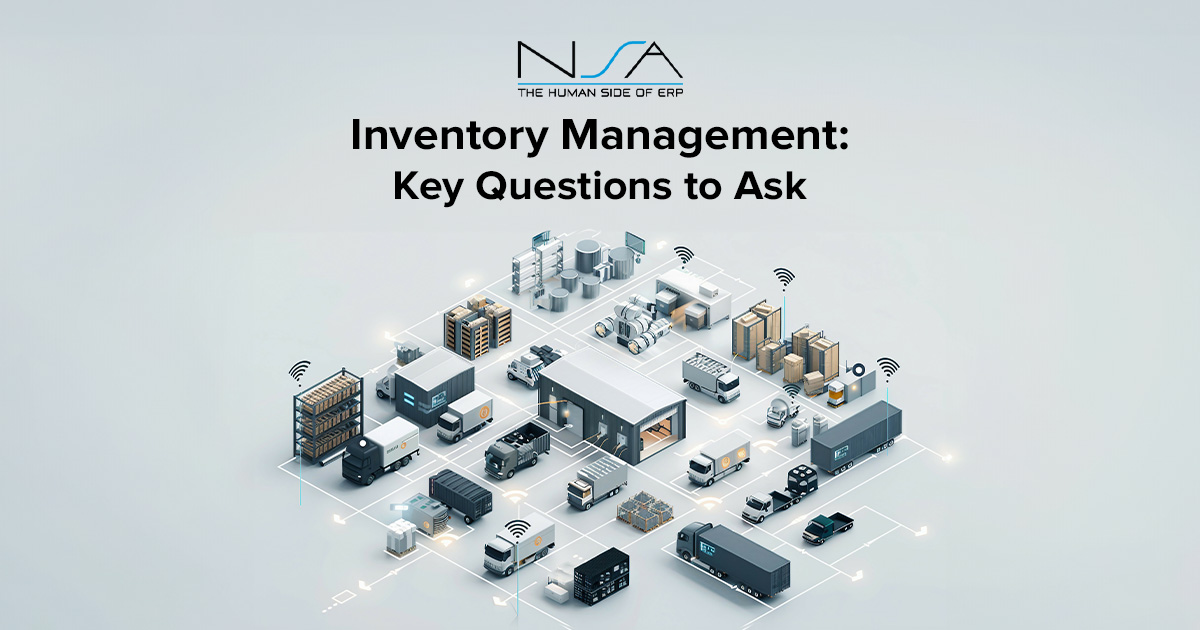Automation, often referred to as Robotic Process Automation (RPA), typically yields the highest and fastest return on investment of any technology deployment, especially in the early adoption stages. Where we see automation significantly improving the distribution industry is in basic workflow, document management, data retrieval, and process simplification, allowing things to be completed more quickly and accurately.
Automation has enabled companies to become faster, more efficient, and more profitable by giving them the ability to streamline processes, store data in an organized manner, and make informed decisions quickly. This results in a more agile and competitive organization.
Though artificial intelligence does play a role, where automation helps distribution businesses excel is in reducing or eliminating clicks to get tasks done faster and more accurately. Basic workflow, document management, data retrieval, and process simplification are a few examples.
In this blog post, we’ll explore how and where distributors can leverage automation in 2023. How automation works, goals for your company, and helpful implementation tips…continue reading for more information on automation best practices within the distribution industry.
HOW AUTOMATION WORKS:
Software “robot” application code is written to perform repetitive human manual steps. These programs are built using application programming interfaces (APIs), which have become the principal system for cloud-based technology. It’s the networking bridge between two software components – often an Enterprise Resource Planning (ERP) or other database resource and a Web browser-based application, such as business intelligence or Customer Relationship Management (CRM) software.
GOALS FOR YOUR COMPANY’S AUTOMATION PLAN & HELPFUL IMPLEMENTATION TIPS
- GOAL 1 – Evaluate Anything Repetitive: Look for any aspect of your business, any task or process that can be done automatically. As technology continues to evolve at an accelerated rate, automation is becoming increasingly accessible and easier to adopt for any size organization. Automation can provide organizations with the competitive edge they need to succeed in today’s digital economy. The cost savings associated with automation are also attractive, with many companies reporting a decrease in operational costs due to the implementation of an automated system, often resulting in cost savings that can be reinvested into other areas of the business.
- GOAL 2 – Improve the Customer Experience: Automation tools have aided every phase of customer acquisition, nurturing, and retention. And for this reason, Sales and Marketing are where some of the most advanced automation tools have been developed. Examples include: lead scoring, CRM alerts, customized drip email campaigns, and other “trigger” tools programmed for specific actions based on digital behaviors. Compelling calls to action (CTAs) are the next step, created to increase prospect conversion rates. Automation also provides accurate and real-time pricing based on rules created for types of customers or particular agreements, so your customers never have to guess about price or product availability.
- GOAL 3 – Support Office Functionality: Back-office functions such as workflow processes and document management are two areas where automation has seen significant adoption rates over the past 24-36 months due to growth or worker shortages, or both. One example of Automation streamlining processes is with a procure-to-pay cycle from purchase orders to collections tracking. This involves three-way matching (PO-delivery-invoice). For example, an automation application can have the APIs reprint ALL open invoices and email them to customers with fewer steps. The alternative? An Accounting team member spends the time locate invoices, attach to an email, and send to the customers individually. Rebate management is also a significant way distributors can take advantage of automation functionality. Rebates are often essential to a distributor’s profitability, thus organizing this aspect of the business is crucial. Automation helps your distribution company manage today’s more complex digital sales channels such as text, email, web, EDI, and so forth.
- GOAL 4 – Automate the Warehouse Processes: Distributors are automating traditional manual pick-ticket-process at every step such as barcoding, handheld mobile devices, and cycle counts through the use of robotics. With sophisticated dashboards and access to real-time information, the possibilities for increased efficiency are endless. Such visibility allows distributors like you to ensure that the order is always right!
A SUMMARY OF THE BENEFITS OF DISTRIBUTION AUTOMATION
- Operational Efficiency: With automation support, monthly or weekly tasks are converted from hours or days into minutes. This time savings brings us to our next point below.
- A Reprioritization of Activities: With real-time data visibility and transparency, distributors are better able to focus on higher-value activities for both customer-facing and supplier-facing interactions. Your employees will have more time to elevate customer service levels and engagement, as well as build upon industry partnerships.
- A Powerful Multiplier for Company Advancement: When repetitive tasks are automated, job satisfaction and employee morale increase, which fosters a positive company culture overall. When the value is placed on implementing the correct automation tools to alleviate time-consuming processes, you establish your distribution company as a true competitor and set the company up for long-term success.
If you’re looking for a tool to gain exponential ongoing impact relative to deployment costs, look to automation this year. Every distributor has a unique operating environment and there’s no “ideal” automation best practice. It is important however to challenge your current processes to determine what can be automated and create an implementation plan.
Automation is a powerful tool for any organization looking to transform their business and stay ahead of the competition – maximize your resources and unlock potential growth opportunities.
Your NSA team is always here to lend an ear and offer advice on integrating RPA into host systems such as your Total Warehouse Management (TWL) or Enterprise Resource Planning system (ERP). Get in touch with us here or call us directly at 516-240-6020 to discuss this topic further.



